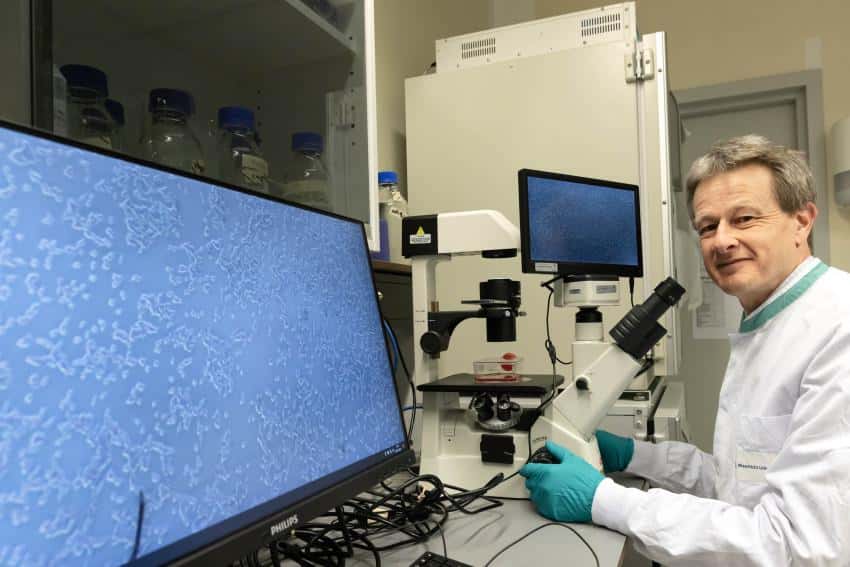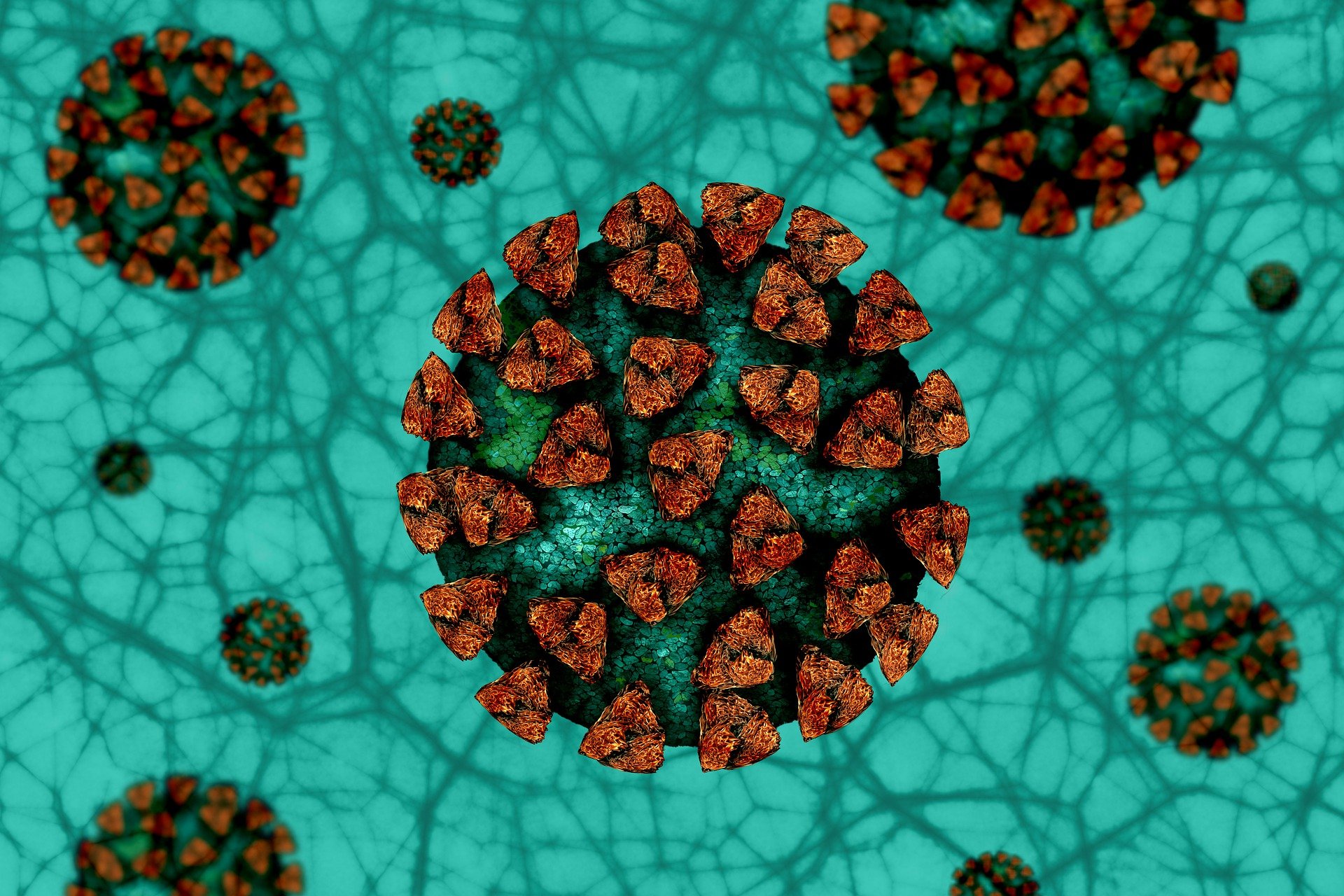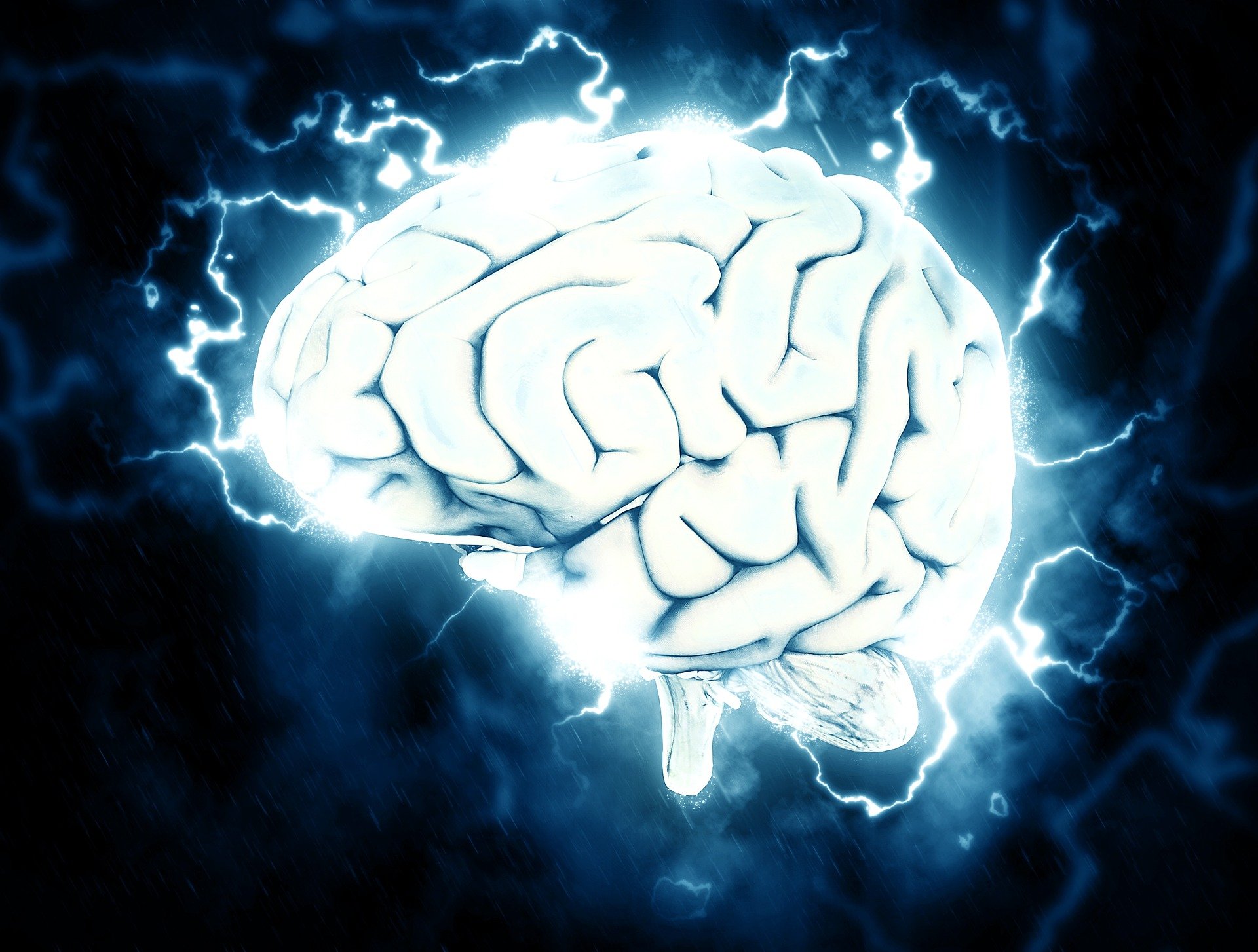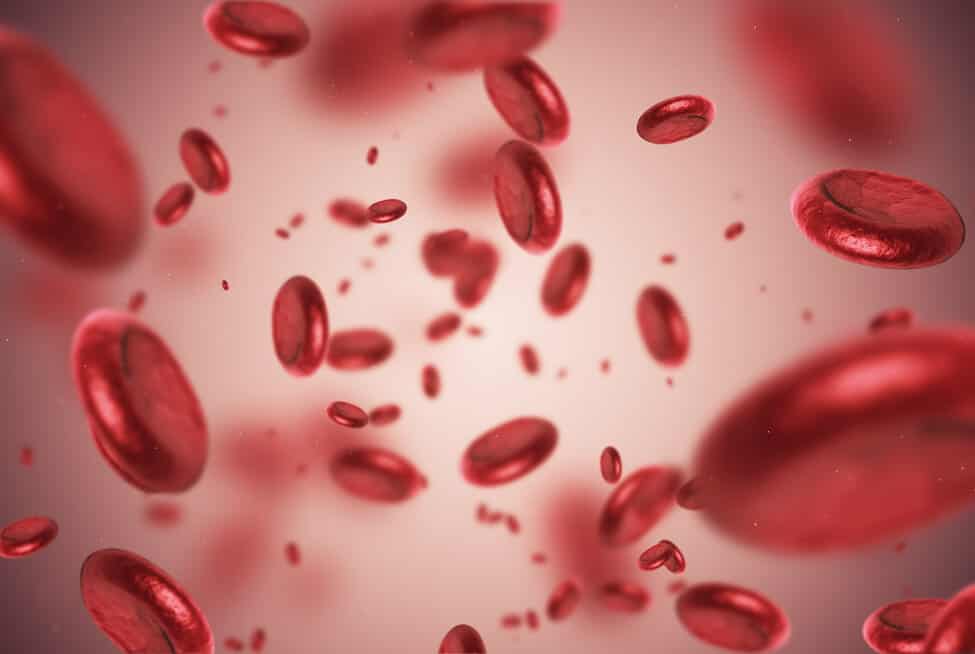
In the laboratory of Maastricht UMC+, it has been possible to measure activity in surgically removed brain tissue for six days. This unique model provides a new perspective on developing a brain biopsy-on-a-chip for medical, scientific research. This could reduce the use of laboratory animals for brain research, Maastricht UMC+ claims.
Society is increasingly critical of the usefulness and necessity of using laboratory animals for medical research. In addition, researchers increasingly understand why an animal experiment has a limited predictive value for the outcome of a follow-up study in patients. This recent awareness has accelerated the search for animal-free models. For example, there are research groups in various places worldwide that make mini-organs (also called organoids) from human stem cells. The human brain is so complex in structure and function that making a mini-brain from human stem cells is still in the early stages of development.
Brain biopsy-on-a-chip
Researchers from the Academic Center for Epileptology at Maastricht UMC+, Eindhoven University of Technology and the LUMC have jointly developed a new concept in which brain tissue outside the body remains active. This model consists of three layers. The basis is a printed circuit board (type of chip) with 120 electrodes (contact points). Stem cells were grown on this plate, which grew into a layer of nerve cells through stimulation. The purpose is that these nerve cells make contact with the electrodes so that electrical activity can be measured. Finally, a piece of human brain tissue surgically removed during epilepsy treatment was placed directly on the nerve cell layer. The idea was that the nerve cell layer between the brain tissue and the electrodes would function as a biological link and could transmit activity in the brain tissue to the electrodes. This brain biopsy-on-a-chip model was kept in culture and still showed epileptic activity after six days.
Potential
The Maastricht brain researcher Dr. Govert Hoogland sees great opportunities: “New experiments will have to show whether this is a usable model, but our approach potentially provides a clinically relevant alternative to animal-free brain research into epilepsy, for example. It thus opens the way to evaluate new, personalized treatments.”







